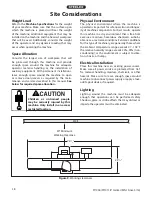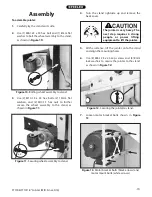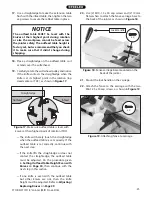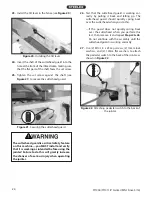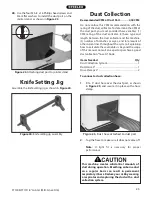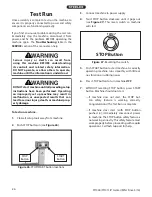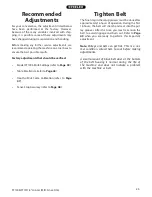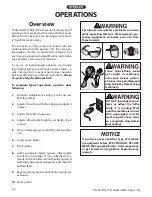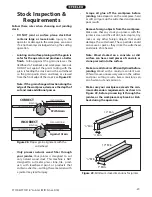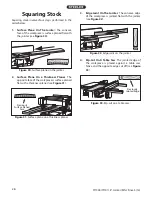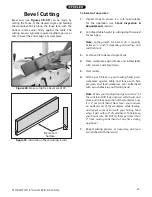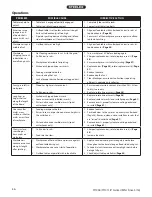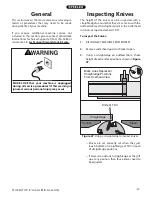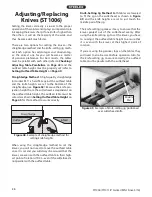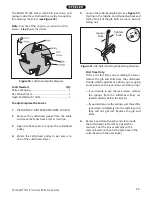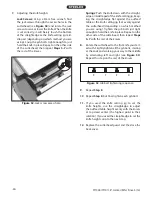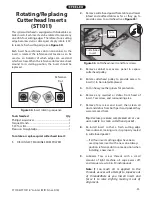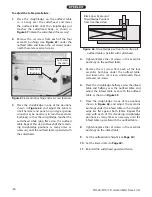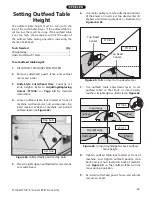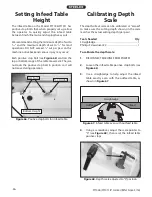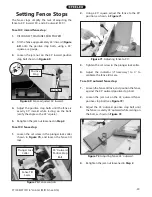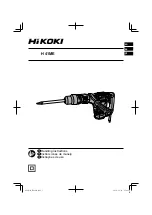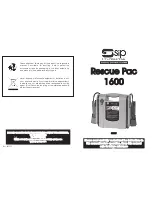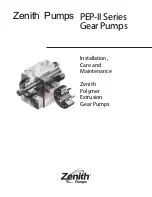
-32-
ST1006/ST1011 8" Jointer (Mfd. Since 3/16)
Rabbet Cutting
The purpose of rabbet cutting (see Figures
40
–
42
)
is to remove a section of the workpiece edge, as
shown below. When combined with another rabbet
cut edge, the rabbet joints create a simple, yet strong
method of joining stock.
Removed
Surface
Figure 42. Illustration of rabbet cutting effects and
a few sample joints.
Figure 40. Typical rabbet cutting operation.
Figure 41. Completed rabbet cutting operation.
When cutterhead guard is removed, attempt-
ing any other cut besides a rabbet direct-
ly exposes operator to moving cutterhead.
ALWAYS replace cutterhead guard after rabbet
cutting!
To rabbet cut on jointer:
1.
Inspect stock to ensure it is safe and suitable
for the operation (see Stock Inspection &
Requirements section).
2.
Set infeed table height to desired cutting depth
for each pass.
IMPORTANT:
For safety reasons, cutting depth
should never exceed 1⁄8" per pass.
3.
Remove cutterhead guard.
4.
Set fence to 90˚ and near front of jointer, so
amount of exposed cutterhead in front of fence
matches size of desired rabbet.
5.
Start jointer.
6.
Place workpiece firmly against fence and infeed
table.
IMPORTANT:
To ensure workpiece remains sta-
ble during cut, concave sides of workpiece must
face toward table and fence.
7.
Feed workpiece completely across cutterhead
while keeping it firmly against fence and tables
during entire cut.
IMPORTANT: Keep hands at least 4" away from
cutterhead during the entire cut. Instead of
allowing a hand to pass directly over cutterhead,
lift it up and over cutterhead, and safely reposi-
tion it on the outfeed side to continue support-
ing workpiece. Use push blocks whenever prac-
tical to further reduce risk of accidental hand
contact with cutterhead.
8.
Repeat Step 7 until rabbet is cut to depth.

